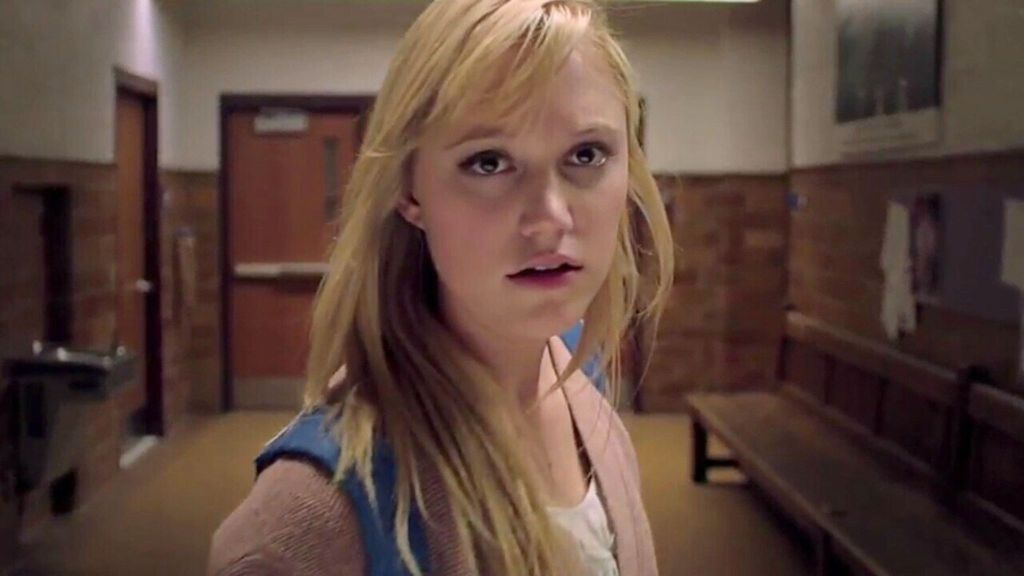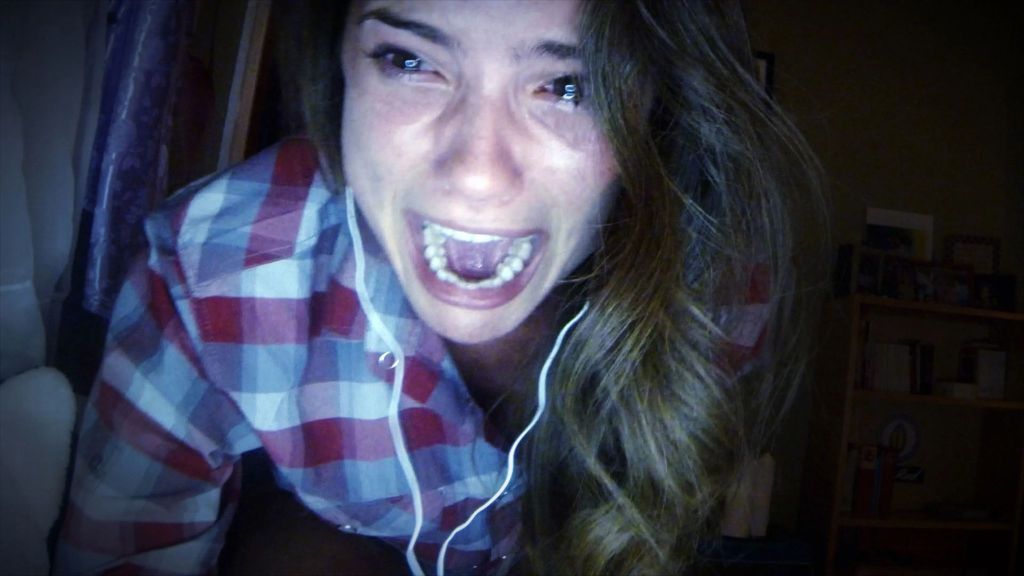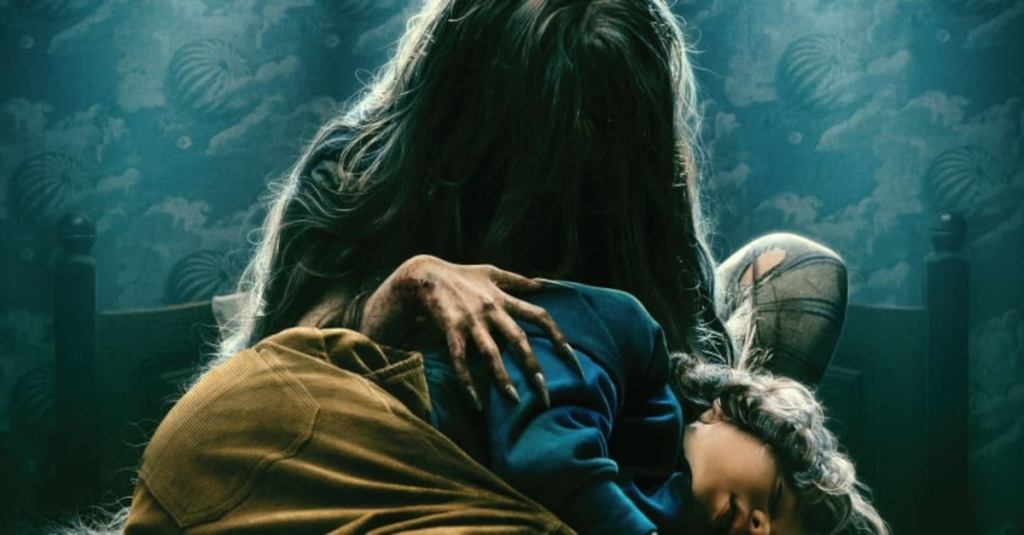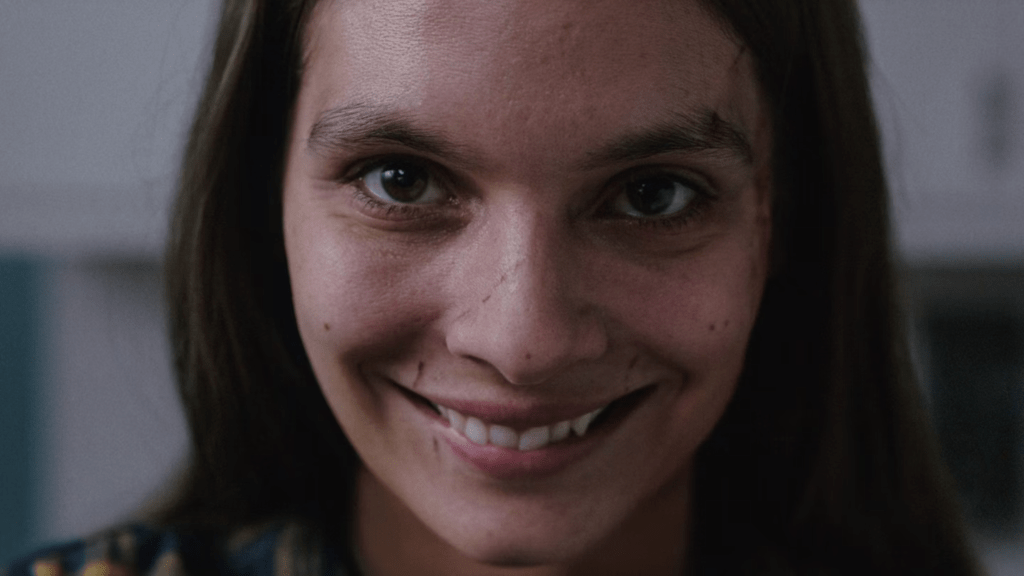
Talk to Me emerged as one of 2023’s standout horror films, establishing directors Danny and Michael Philippou as exciting new voices in the genre. After premiering at the Sundance Film Festival to rave reviews, this Australian indie sensation became A24’s highest-grossing horror film to date, amassing over $92 million against a modest $4.5 million budget. The film’s success stems from its perfect blend of psychological horror and genuine scares, all wrapped in a visually striking package with sleek, disorienting editing that keeps viewers perpetually unsettled. At its core, Talk to Me resonates because it grounds supernatural elements in authentic teen experiences, exploring grief, peer pressure, and the desperate need to feel something in a world that often numbs. Furthermore, Sophie Wilde’s nuanced portrayal of Mia elevates the film beyond typical genre fare.
For those who’ve already experienced the hand-clasping horrors of Talk to Me and crave more films that deliver similar thrills, here are five film recommendations:
It Follows

David Robert Mitchell’s 2014 horror masterpiece follows Jay (Maika Monroe), a 19-year-old college student who becomes haunted by a supernatural entity after a sexual encounter. This shapeshifting creature, visible only to those cursed by it, relentlessly walks toward its target, taking the form of strangers or loved ones as it approaches. The film’s brilliant concept operates as both literal horror and potent metaphor, with the entity serving as a physical manifestation of anxiety, trauma, or mortality itself. Cinematographer Mike Gioulakis employs unnervingly deliberate 360-degree pans and wide-angle shots that transform ordinary suburban spaces into landscapes of dread, constantly forcing viewers to scan backgrounds for approaching figures.
Unlike many horror films that build to a single climax, It Follows maintains relentless tension throughout. Plus, It Follows’ focus on youth-centered themes, such as the invisible threat of STDs, makes it a perfect follow-up to Talk to Me.
[RELATED: Talk to Me Directors Already Have a Prequel’s Worth of Footage Setting Up Opening Scene]
Oculus

Mike Flanagan’s mind-bending horror film centers on siblings Kaylie (Karen Gillan) and Tim (Brenton Thwaites) as they confront an antique mirror they believe possessed their parents and led to tragedy eleven years earlier. The narrative ingeniously alternates between two timelines: the present, where adult Kaylie attempts to document the mirror’s supernatural properties, and flashbacks to their childhood as they witness their parents’ deadly unraveling. What distinguishes Oculus is its masterful editing, which seamlessly weaves between past and present until viewers, like the characters, can no longer trust what they’re seeing. This exploration of perception versus reality mirrors Mia’s descent into madness in Talk to Me.
Both films excel by blurring the line between what’s actually happening and what’s happening in the characters’ minds, creating a disorienting experience that keeps viewers questioning reality alongside the protagonists.
Unfriended

Unfriended unfolds entirely on a teenager’s laptop screen as six high school friends in a Skype conversation are haunted by an anonymous user claiming to be their classmate Laura, who committed suicide after an embarrassing video went viral. The mysterious presence forces increasingly dangerous “games” that expose how each friend contributed to Laura’s death. What initially seems like a gimmick reveals itself as an innovative approach to horror that taps into digital-age anxieties about online accountability.
The film’s effectiveness stems from how it exploits everyday digital frustrations — lagging video, buffering messages, and the anxiety of waiting for responses — transforming them into mechanisms for mounting dread. Like Talk to Me, Unfriended grounds its supernatural elements in authentic teen experiences and social dynamics.
Cobweb

Samuel Bodin’s psychological horror follows eight-year-old Peter (Woody Norman), who becomes convinced that the persistent tapping in his bedroom walls isn’t settling pipes but something trying to communicate with him. His parents (Lizzy Caplan and Antony Starr) dismiss his concerns with increasing hostility, while his teacher (Cleopatra Coleman) grows suspicious of the family’s dynamics. While presenting itself as a conventional haunted house, Cobweb evolves into something far more disturbing as Peter discovers what his parents have been hiding.
While met with mixed reviews on release, Cobweb‘s surprisingly deranged third act makes it well worth watching. Similar to how Talk to Me subverts possession tropes, Cobweb also pulls the rug under the audience’s feet to deliver a thrilling and fun horror story.
Smile/Smile 2

Parker Finn’s Smile franchise revolves around a supernatural entity that forces victims to kill themselves with a disturbing grin, passing the curse to whoever witnesses their death. The original follows psychiatrist Rose Cotter (Sosie Bacon) after she witnesses a patient’s bizarre suicide, while the sequel shifts to pop star Skye Riley (Naomi Scott). Both films stand out for their exceptional visual craft, particularly in how they manipulate perspective through unsettling camera angles and disorienting transitions. What elevates the franchise beyond effective jump scares is its thoughtful exploration of trauma and mental health.
The original draws parallels between the supernatural curse and the hereditary nature of trauma, while the sequel explores addiction and recovery with surprising depth. Like Talk to Me, the Smile films understand that psychological terror comes from undermining our trust in our own perception, creating scenarios where viewers, like the characters, can never feel completely safe even in seemingly normal situations.
What other movie would you recommend to people who enjoyed Talk to Me? Let us know in the comments!
The post 5 Movies to Watch After Talk to Me appeared first on ComicBook.com.
